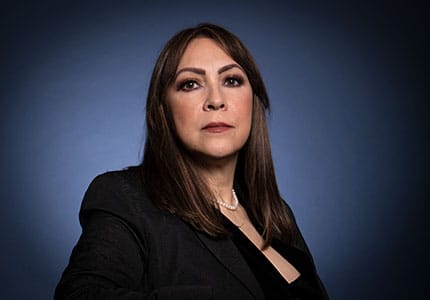
Por Mónica Hernández
La noticia me despierta y me emociona tanto que no sólo pongo un playlist de boleros, de esos de los de siempre, sino que lo hago con los cantantes de antes, los originales. La música me lleva y hace que me nazca la necesidad de escribir esta columna, de homenajear a los que dieron este regalo que hoy le pertenece a la Humanidad (con mayúscula), reconocimiento otorgado por la UNESCO.
El bolero se dice que nació en España, en el siglo XVIII, a un compás de ¾ y era un género que se bailaba. Como todo lo español, llegó a las colonias y en la isla de Cuba se modificó a 4/4 y se le añadió la percusión para acompañar a la guitarra. También se le añadió la añoranza, la soledad, la pérdida, la ilusión y todo eso que acompaña a la música caribeña, producto, como la sangre de sus habitantes, de la mezcla de razas y culturas. Del centrifugado de ilusiones y añoranzas. Se reconoce que el primer bolero es Tristeza, de Pepe Sánchez, sastre y trovador isleño que la compuso en 1883 (la palabra trovador nos remite a la Edad Media, de ahí la imagen de un hombre solitario rasgando un instrumento de cuerda, exprimiéndole la pena, la murria).




